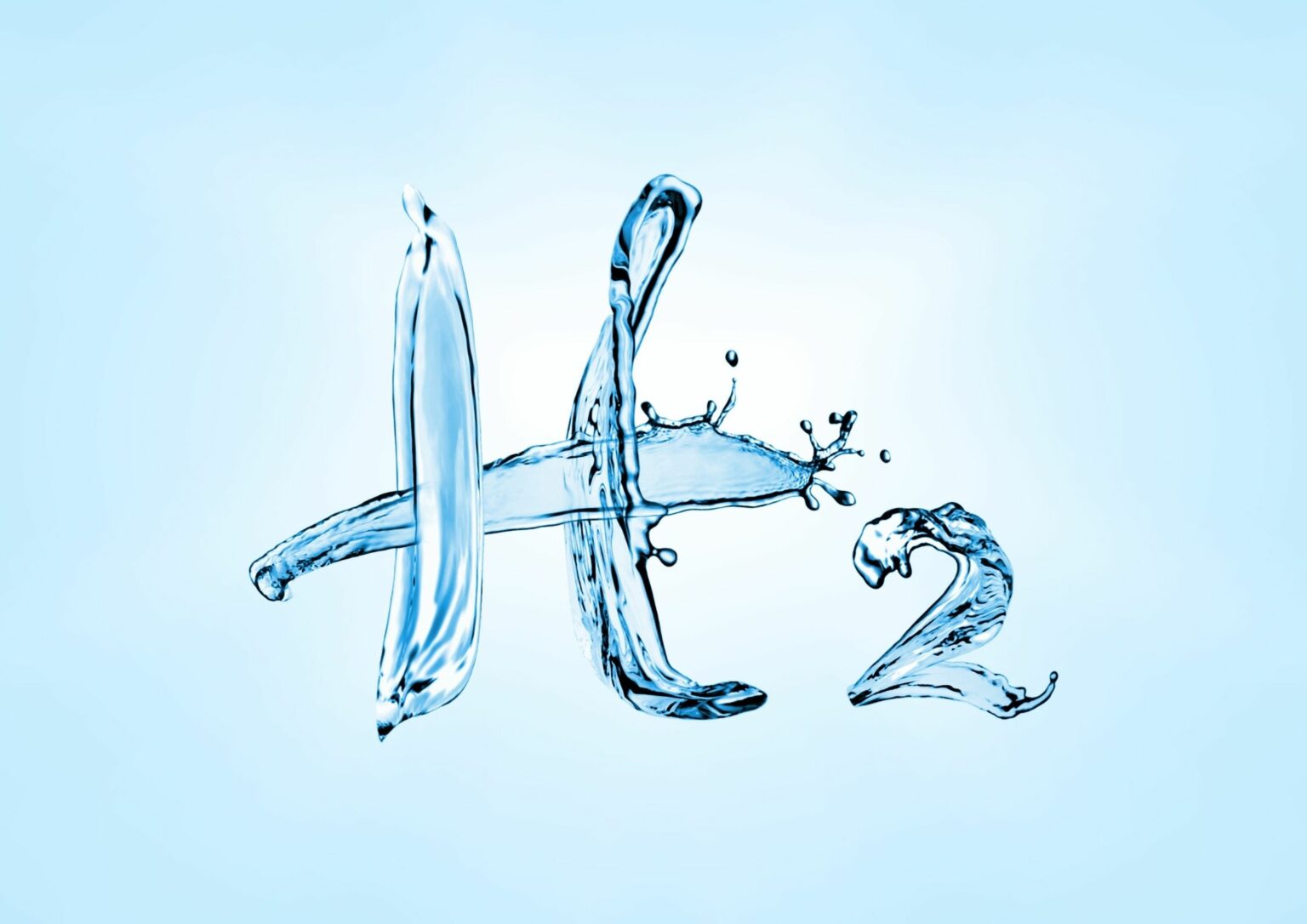The Net Zero Technology Centre (NZTC) has put forward an ambitious vision for Scotland to become a leading hydrogen exporter by 2045. The “Energy Hubs: Fill the Backbone” report highlights the necessary infrastructure, investment, and technological advancements required to scale up hydrogen production.
The NZTC report emphasizes the need for significant investment in infrastructure and next-generation technologies. Darren Gee, Programme Manager of NZTC’s Net Zero Technology Transition Programme, underscores the urgency of accelerating smaller-scale projects to build a robust supply chain. This approach aims to support large-scale projects crucial for achieving the goal of producing up to 35 GW of hydrogen by 2045.
The target to produce 35 GW of hydrogen by 2045 is ambitious. For context, the current global hydrogen production capacity, predominantly from fossil fuels, is around 95 million tonnes per year. Transitioning to green hydrogen—produced via electrolysis using renewable energy—requires not only scaling up production capacity but also reducing costs and improving efficiency. Scotland’s hydrogen production target aligns with the European Union’s goal of installing 40 GW of electrolyser capacity by 2030. However, achieving this will require overcoming significant technological and economic hurdles.
The Hydrogen Backbone Link (HBL) project, backed by the Scottish Government, aims to export 10 GW of green hydrogen to Germany. The NZTC report suggests that Scottish hydrogen exports could meet up to 100% of German import demand by 2045. This assertion, while optimistic, hinges on several factors including the development of efficient electrolyser technology, the creation of energy storage facilities with gigawatt-hour capacities, and the optimization of energy vectors within energy hubs.
The next phase of NZTC’s Energy Hubs programme involves developing “Super Hubs”—multiple large-scale hubs working in synergy to achieve economies of scale. This concept aims to enhance the competitive export potential of Scottish hydrogen. However, the feasibility of this approach depends on overcoming existing challenges, such as securing sustained political and financial support, and ensuring technological advancements keep pace with ambitious production targets.
Comparing NZTC’s plans with other global hydrogen initiatives reveals both potential and competition. For instance, the European Union’s hydrogen strategy aims for 40 GW of electrolyser capacity by 2030, a tenfold increase from current levels. Similarly, Japan and South Korea have outlined significant hydrogen strategies, with substantial investments in hydrogen infrastructure and technology. Scotland’s success will depend on how well it can leverage its renewable energy resources, particularly offshore wind, to produce green hydrogen competitively.
